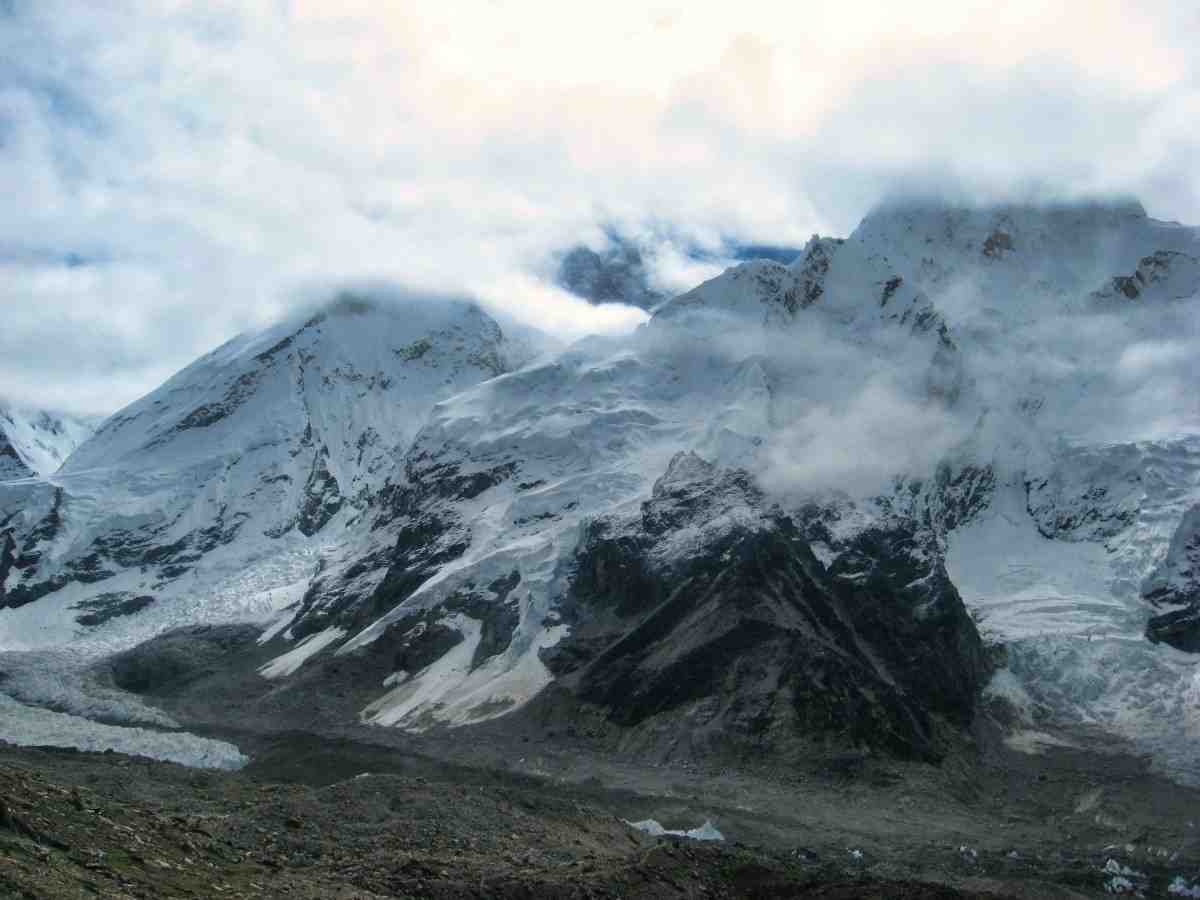


This trek takes you through three challenging passes in the Everest region, offering a raw experience of high-altitude trails, hidden valleys.
The Everest Base Camp Trek is known to most people. It is a well-trodden route, familiar to thousands. But if you take a turn away from that comfort, you will find a harder route that climbs over three high passes Kongma La, Cho La and Renjo La. These are not small hills. They are real Himalayan challenges that demand more from your body and mind.
In the first few days, the trail feels similar. You walk through the usual Sherpa villages of Namche and Tengboche. But as you move toward the first pass, Kongma La, you will realize how remote things get. There are fewer people on the path. The silence of the trail becomes a partner.
Crossing the Kongma La Pass Will Show You What You Are Made Of
Kongma La is the highest of the three passes. Reaching it takes time, patience, and strong lungs. The air becomes thinner. Even simple steps feel like effort. The climb is rocky, steep, and exposed. But from the top, you get a wide view of glaciers and peaks that makes every hard breath worth it.
This pass tests more than your body. It checks how you handle pressure in quiet places. Without a guide, this part can feel very confusing. The trail is not marked clearly. The weather also changes fast. I have seen people lose their way here. A local guide can keep you on track and safe.
Why Cho La Pass Can Catch You Off Guard
Cho La is not the highest, but it can be the trickiest. The path has icy slopes. You cross a glacier, and during colder months, the surface becomes very slippery. There are boulders, cracks, and sections where you may need to scramble.
You must begin this pass early in the morning. By afternoon, the weather shifts. Without guidance, people often make the mistake of starting late and ending up stuck in bad conditions. This is where having someone experienced by your side really matters.
Renjo La Offers the Grandest Views but the Least Support
The third and final pass, Renjo La, leads you into the quiet valley of Thame. This is my personal favorite. It has a wide view of Gokyo Lakes and Everest. But it is also one of the loneliest sections of the trek.
The route is long and remote. Lodges are fewer. You will need to manage water and food breaks well. For solo trekkers, this can feel stressful. I met a few who had trouble finding places to sleep after crossing the pass. A guide helps plan this section smartly so you are not left without shelter when you need it most.
Why Doing It Without a Guide Can Be Risky
Some people prefer freedom. But here, freedom can cost comfort and sometimes safety. These passes are not like regular village trails. There are places with no clear directions. One wrong step or late start can put you in trouble. Also, altitude sickness hits harder at these elevations. A guide knows the signs. They help you adjust your pace, and more than that, they become a source of mental support.
I met a solo trekker on Cho La who had headaches and dizziness. He had no idea how bad it was. Luckily, a porter nearby helped him descend. But it could have gone another way. You cannot always rely on luck.
What You Will Take Home from the Everest High Pass Trek
This trek does not just offer views. It teaches you patience, self-control, and how far your limits can go. You carry tired legs and heavy thoughts across these high routes, and what you gain is far more than pictures. It is a shift in how you see yourself. You may lose weight, maybe some sleep, but you return with more strength in your heart.
Final Thought
Everest High Pass Trek is not for the comfort-seekers. It is for the ones who want to face the real Himalayas. Yes, it is hard. Yes, you may doubt your decision halfway. But if you take the right steps with the right people, this trek becomes something you will never forget.
